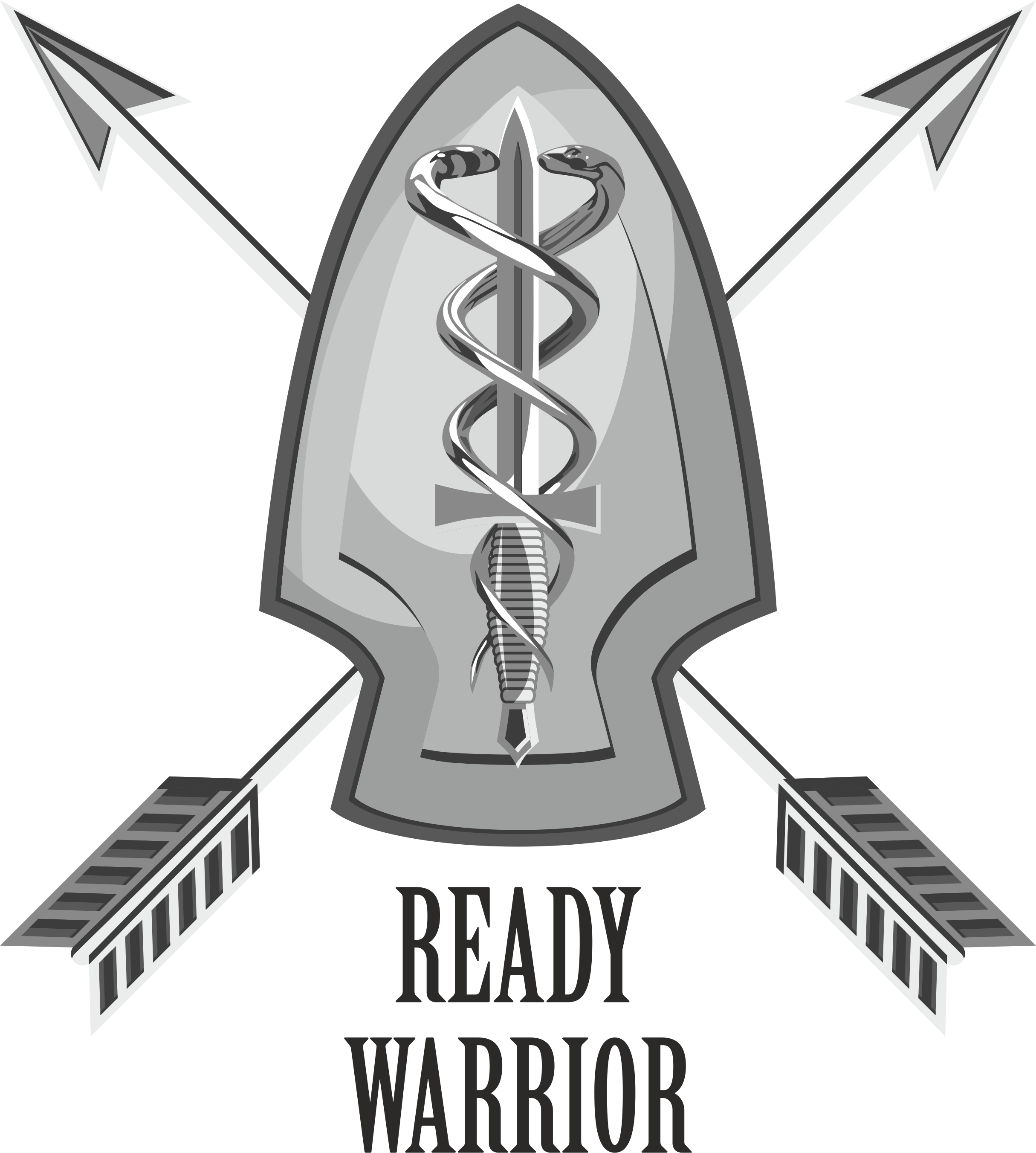Tourniquet Conversion:
Once again, we are blown away with the discussion that took place in regard to the question in our post about when and how to convert a tourniquet. We are giving the official recommendation from the Journal of Special Operations Medicine in order to get everyone on the same page and maximize everyone’s learning.
When to convert your tourniquets:
- Conversion of tourniquets to a pressure dressing should happen as soon as tactically feasible, but no later than 2 hours after initial application.
- 2-6 hours is likely safe, but not scientifically determined.
- Over 6 hours is not recommended for field conversion.
Steps for reducing/converting a tourniquet:
1) Make sure extremity is exposed, and apply an additional loose tourniquet proximal to the original tourniquet. Do not tighten this new tourniquet.
2) Very slowly loosen original tourniquet. If bleeding begins, apply a hemostatic agent to the original bleeding location. Pack completely, leaving no free space within the wound. Hold pressure on the wound for 3-5 minutes and secure with a pressure dressing.
- If bleeding does not occur when tourniquet loosened, dress the wound appropriately.
3) If bleeding is not controlled by hemostatic gauze and pressure dressing, the conversion has failed. Move the original tourniquet as close to the wound as possible and retighten the original tourniquet. Leave the additional tourniquet in place and loose in case the original tourniquet breaks or fails to stop bleeding.
When NOT to convert a Tourniquet:
Contraindications include:
1) Amputations of limbs.
- Tourniquet should be placed 2-4” above the amputation, avoiding joints but proximally enough to prevent bleeding.
2) When a patient is in shock.
- A patient in shock cannot afford to lose ANY additional blood, and any blood lost during attempt at conversion (even as little as 100ml), can send patient into irrecoverable shock.
3) Inability to monitor the patient.
- If you cannot observe the patients bleeding or ability to control potential re-bleeding after conversion, do not attempt.
Sourced from Journal of Special Operations Medicine; Prolonged Field Care:
Tourniquet Conversion: A Recommended Approach in the Prolonged Field Care Setting.
For the full article, please click HERE



Comments
Thank you for this! Can I get this info emailed to me?